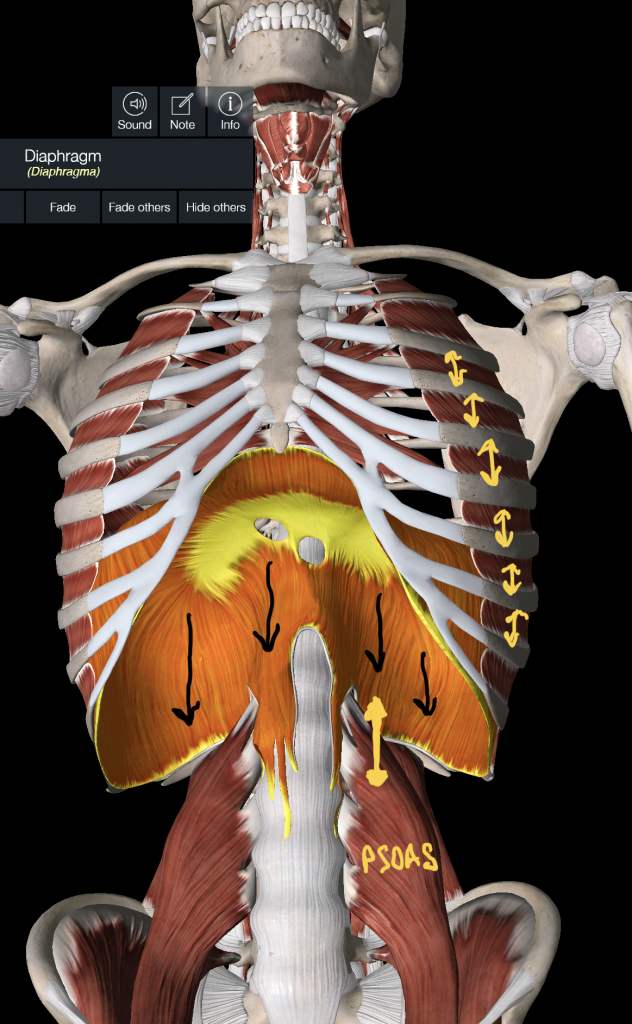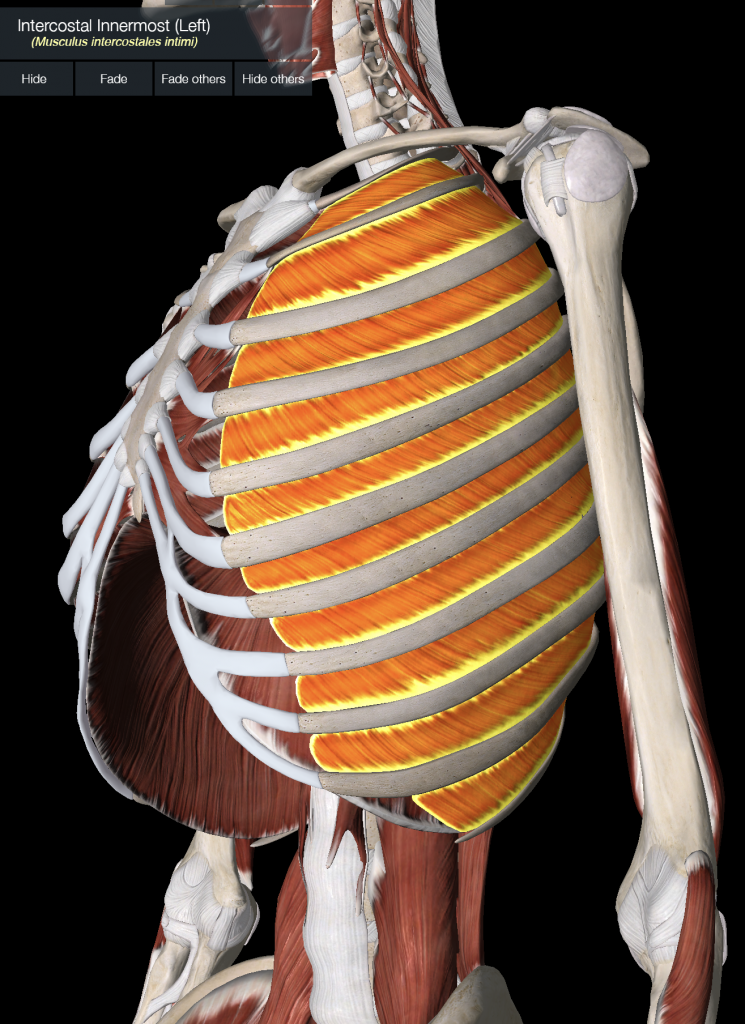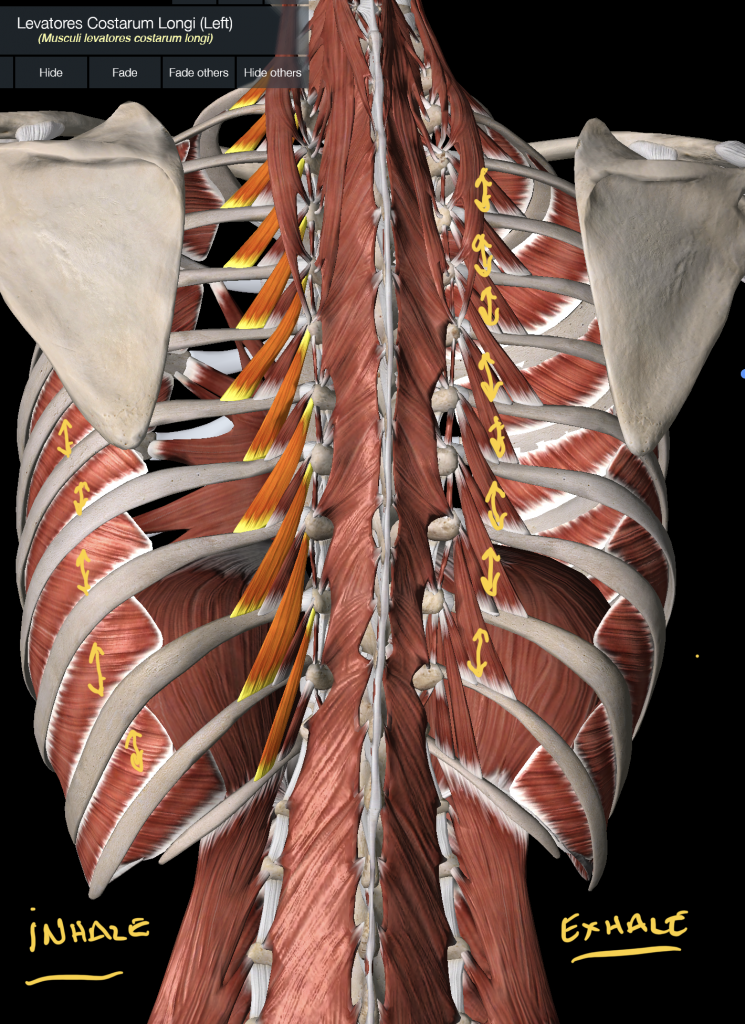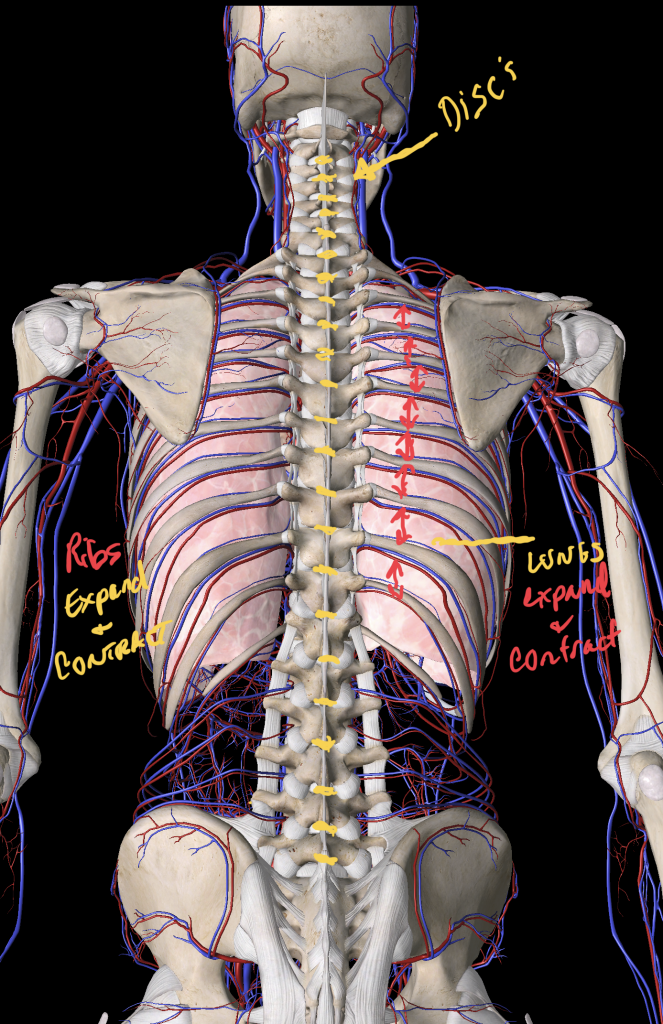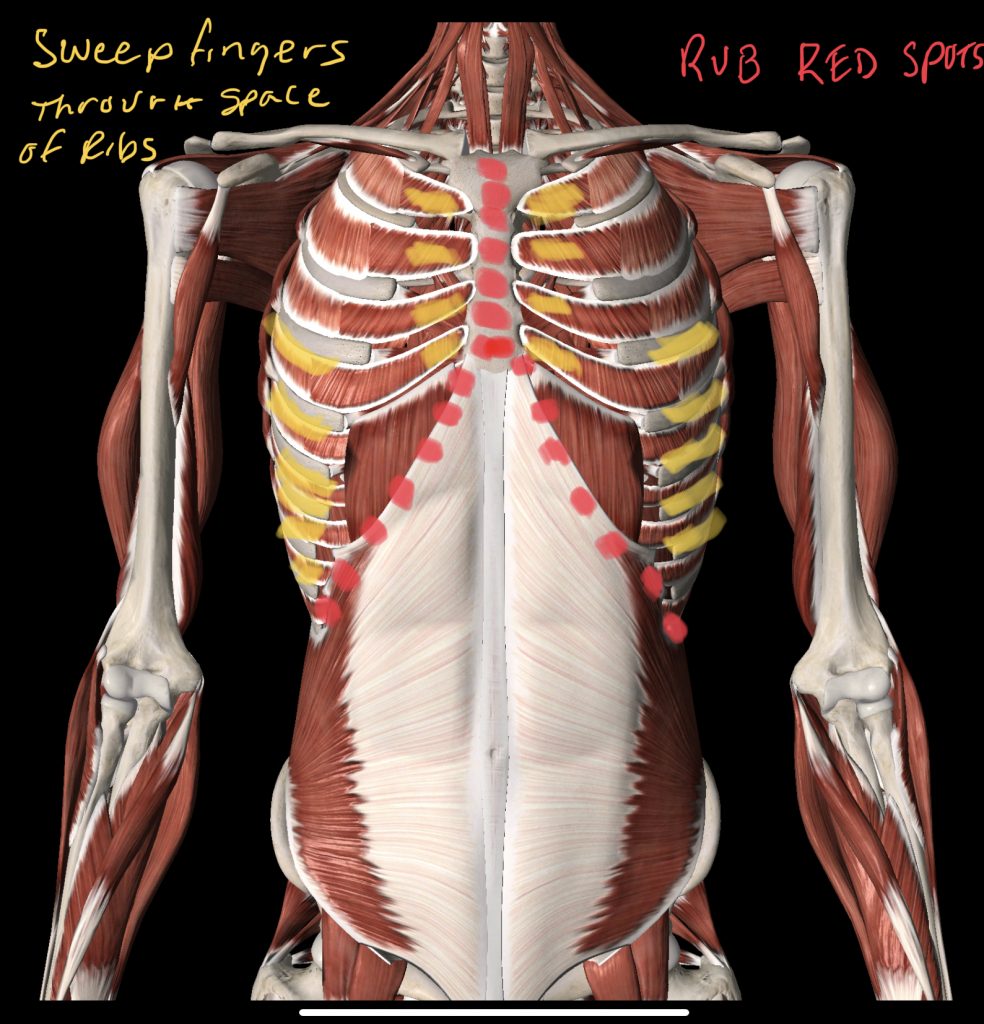MARCH 15, 2019

This might be a long winded post, but I need to talk about breathing. I’ve been working with athletes for a long time now, and probably the last topic to ever be brought up is BREATHING.
Yes, we all need to breath to live, but do we actually know the mechanics of the breath? How to use your diaphragm? How your ribs, the muscles, and spine help to keep your spine healthy, your brain functioning, and better motor control throughout the body?
How often have you seen someone who only breathes in their upper chest? Where you see only the shoulders rise up and down, and how much more rapid they breath. They are maybe only getting up to 30% of the maximum possible with each intake of air. Which means that their body is screaming for more oxygen, and because of that the organs of that person are not functioning well, which also means that their extremities are not getting the oxygen needed for daily movements, and the brain will also be at a reduced function.
Here are some of the mechanics of breathing
- When you inhale you are pulling air into the body, by the use of your diaphragm, which is a very large muscle. The diaphragm pulls down not unlike how a balloon expands. Not just down, but also out in a 360 degree movement. Your chest should expand in the front, on your sides, down into the space above your stomach and other organs, and into your back as well. CAN YOU FEEL THIS?
- Not only does your diaphragm pull the air in it also has the rest of the ‘team’ working together to maximize each breath. The muscles around the ribs (see pictures below) expand and contract in time with the diaphragm. This creates strength so that when you have a cold, flu, or pneumonia you will be able to have the strength to cough ‘it’ out. For athletes it can be the difference between a personal record or falling apart when under a work load.
- When you inhale you expand the space between not just the ribs, but also the space between each and every vertebrae. Inhale, and that space opens up, and when you exhale the space closes down. This helps to pump the cerebral spinal fluid up and down the spine, and it keeps the spine healthy because you are able to plump up the discs and keep them healthy as well.
- The diaphragm and the Psoas is so interconnected that if the diaphragm isn’t not functioning well, then the Psoas will also be muted. What does the Psoas do? It is your hip flexor. It is the pain in your back from sitting too much. It is what allows you to pick up one foot in front of the other. To run, climb stairs, and squat to name a few of the activities that depend on the Psoas.
- Added benefit to 360 degree breathing? Chances are your thoracic region around the spine will move better, and you will have less injuries as well { previous post regarding shoulders}. You can see how all these muscles are so interconnected to the shoulders and hips, that poor breathing mechanics can have a negative effect on how we move every day.
- In 4th picture you can see all the arteries and veins that surround our rib cage, our spine, and how they are so connected to our lungs. The air that we breath is first distributed to our brain and our organs, and from there to the rest of the body as needed. You want your body to function well you need to learn how to use your diaphragm.
- In the last picture you will see where you can help to get the diaphragm to work better. Just by rubbing these areas for about 45 seconds you can start to practice getting your diaphragm to get stronger. After rubbing these spots (Reflexive Performance Reset, or Douglas Heels’s Be Activated reflex points), practice breathing in through your nose and out through your mouth. Get your belly big and sexy. Then work on trying to get your chest to expand 360 degrees. It’s not easy at first, but if you spend just 5 minutes a day working on it you will be rewarded with feeling better almost instantaneously.

